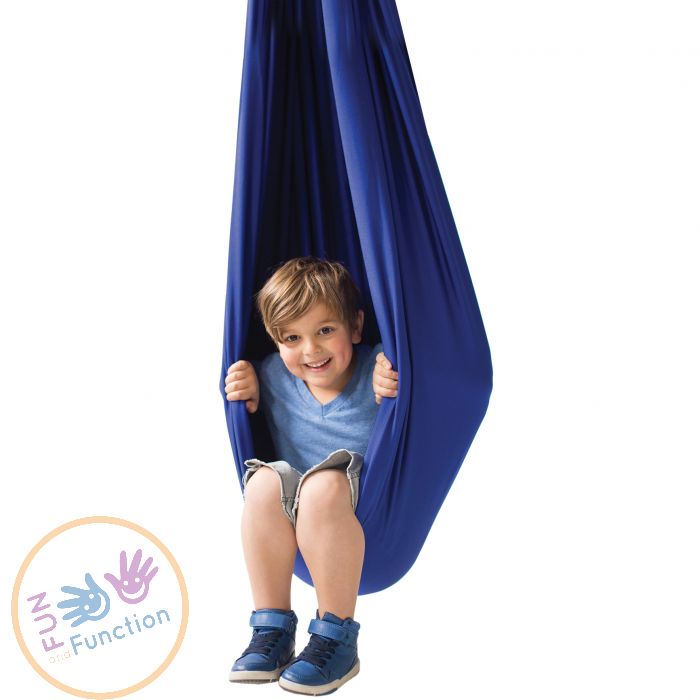Boredom or Motor Planning Issues?
As quarantine continues and summer marches on, you might have a house full of bored kids. Without the usual distractions of camp, playdates with friends and trips to the pool, you’ve probably noticed a sense of listlessness as they wander around the house. Is this boredom or is there something deeper going on?
What is Motor Planning?
Motor planning refers to the ability to come up with ideas on your own, figure out how to do it, and then actually make your ideas happen. Another phrase to explain motor planning is “praxis.” For most, we aren’t often aware when we are motor planning since these processes are everyday occurrences. This developmental stage begins in infancy, when we imitate the expressions, sounds and movements that those around us make. As we get older our motor planning kicks in and we shift from mimicry to ideation. The more we perform an action and use language to understand it, the more automatic this action becomes, until we no longer have to think consciously about what we’re doing and how we’re doing it.
Sensory Processing and Motor Planning
For children with sensory processing disorders (SPD), development of praxis is not a given. If you’ve ever seen a child react to a loud noise by running away or respond to a request for a high five by hitting, you may have witnessed a struggle to determine and execute the proper response to internal or external stimuli.
Several signs that your child might be having motor planning difficulties include a tendency to prefer familiar actions rather than new ones; a strong desire for routine; an inability to follow multi-step directions; trouble understanding metaphors and sarcasm; clumsiness; failure to come up with their own ideas and instead only imitating others; not moving around much or only moving in one specific manner; and problems communicating ideas or asking for help. Poor development of praxis has been known to interfere with children’s social participation, and is often found among kids diagnosed with ASD or ADHD.
Ways to Improve Motor Planning at Home
Although it can feel like a daunting task, there are simple and fun ways to strengthen your child’s motor planning skills.
Brainstorm activities together
Come up with a list of activities together! It’s great quality time, and also helps your child learn to generate their own ideas. You can take turns adding something to the list or write down the beginning of an activity and let your child finish it. Try to avoid overly structured or passive activities, as these will not have the same positive impact on praxis. Simply turning up the music can become any number of activities– dancing, lip-syncing, or just playing with favorite toys with upbeat music keeping the mood happy and light. Depending on what works best for your kids, you can turn these ideas into a schedule or hang up a list for them to see all of the activities they came up with.
Make something from nothing
Open-ended activities using kid-friendly items are great for prompting kids to generate new ideas. Create an obstacle course to get through, then let the kids rearrange it and try again. By thinking of the design and then physically putting it together, sequencing is improved. Designate a construction zone where children can combine building blocks in endless formations. Encourage them to draw their creations afterward, adding an element of visual motor planning to the activity. An assortment of age-appropriate craft supplies, such as pipe cleaners, construction paper, and stickers, can also be engaging for kids. Learning to use familiar items in unconventional and different ways is a key part of developing the skills for ideation and increasing imagination.


Use all the senses

Provide repetition
Practice makes better and children benefit greatly from the chance to try things repeatedly until they get the hang of it. Repetitive activities are particularly helpful for those with praxis difficulties. Not only does it familiarize a behavior, but it also creates an opportunity for kids to learn how to organize their bodies and reactions in an appropriate manner.
Break down long steps into smaller ones
Many children with motor planning difficulties and SPD have a tough time following long sets of directions. Taking broader steps and breaking them down into smaller ones enables kids to feel that these are easier to tackle and provide a sense of accomplishment. Additionally, integrating a variety of sequencing activities into your child’s schedule will help them work on these skills. A game of Simon Says encourages kids to learn to match a movement or position with the command. Pretend the floor is lava to have kids figure out a way to get from point A to point B without falling into the lava. Follow a recipe to bake a favorite treat.
Whether your kids have SPD or not, try the tips above to engage them in motor planning activities. The benefits of ideation and imagination will last them far longer than childhood!
Navigate and support your child's needs with our free downloadable posters and resources.
We’d love to hear your motor planning development stories. Have you tried any of our tips? Got any of your own to share? Put them in the comments below, let us know on social media, or send us an email at customercare@funandfunction.com.


















Comments